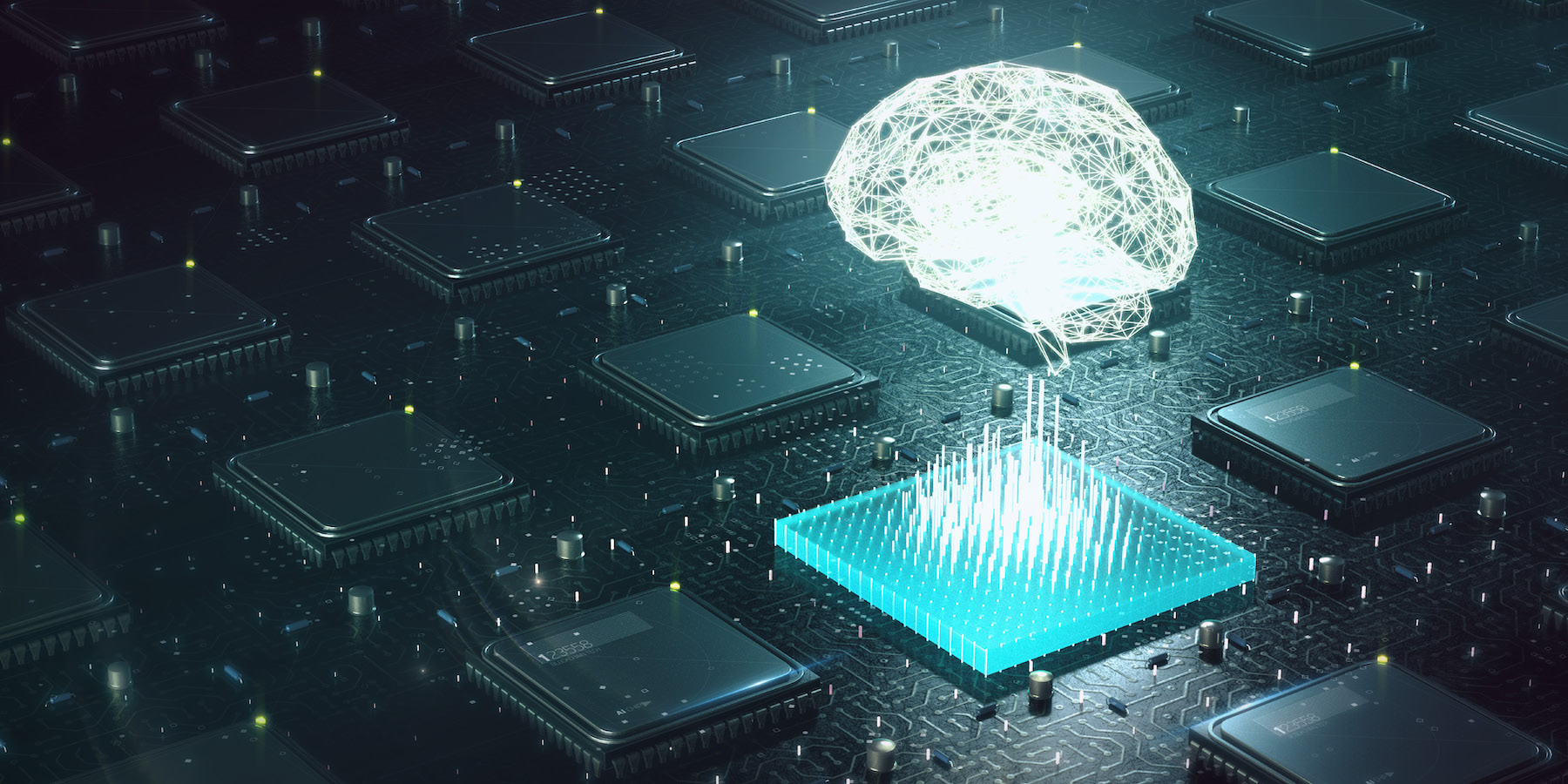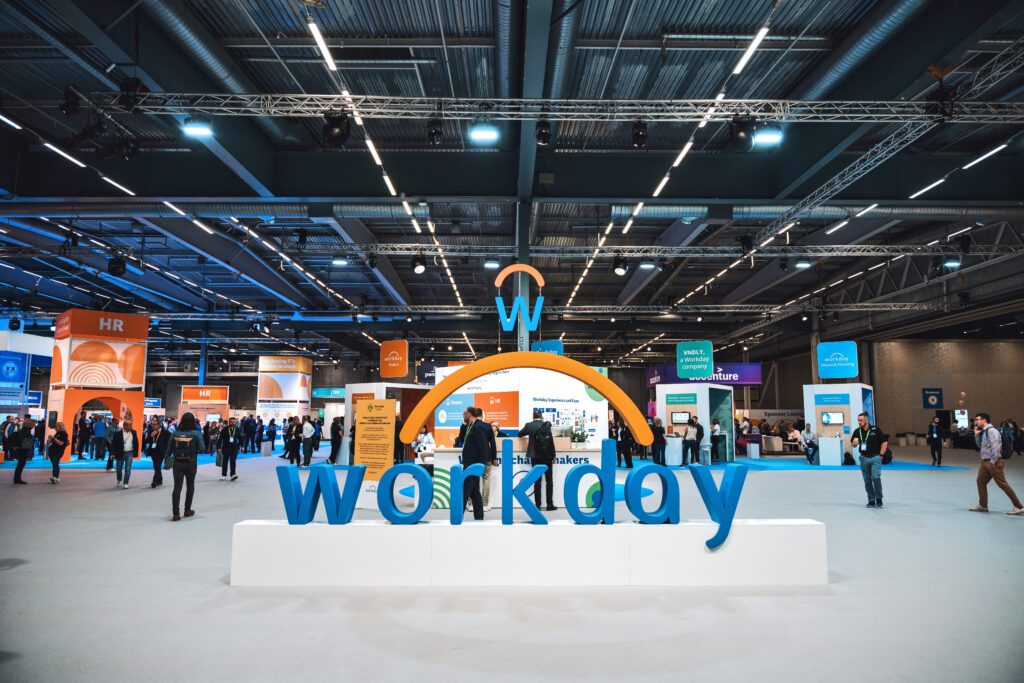We can work, or we can work smarter. It’s a simple statement that has underpinned the way we all carry out our functions, duties and responsibilities, and dates back to biblical times. The core principles are obvious. Don’t use a blunt tool when you need a sharp one, pick the right person for the job… and the customer is (usually still) always right. These basic maxims have underpinned the way we have approached workplace task execution for a long time.
But things have changed. We’re now able to work smarter not just by using a keener edge on our axe, whether that blade is physical or virtual. We are now able to use data to assess the world around us and analyze how we should interact within it for competitive advantage and the greater good. This all comes down to our ability to harness machine learning (ML) and create artificial intelligence (AI) functions that help us make decisions.
Humans, re-deployed better
But how exactly should we think about workplace operations and task-related workflows in the new information age? It turns out, we need to realize where our restricting limitations exist and, equally, where our distinguishing competencies lie.
Humans are not great at making predictions, but they are very good at making judgement calls once there is a base-level prediction in place that accurately details the state of operations and likely outcomes ahead.
This means that we can now use ML algorithms directed at workplace analysis to make decisions on how an organization should adapt to the wider market and world around it. This same insight can be used to shape how a department should take action and direct worker and machine deployments. We can even use this intelligence to advise individuals on where their next best career move should be.
The modern workplace has an opportunity to finesse its operational responsibilities using ML and AI at so many levels. Top-tier machine intelligence can highlight sales windows that need to be captured. Middle-tier functions can inform us which shelves particular products need to be placed on in brick-and-mortar stores to attract the highest levels of customer attention. Lower-tier AI can help the operations backbone work smarter and with greater insight.
In that lower-tier, organizations should be embracing AI as part of their approach to ERP in their finance department. Intelligent finance auditing means that if a system has been through enough normalized cycles overseen by humans, it will be ‘aware’ enough to be run on a leaner basis to only highlight exceptions, outliers and anomalies. It’s still accounts, but now it’s really smart accounts with a degree of insight never previously available.
New credentials for blockchain
We can also use extremely low-level data-centric techniques for top-tier human workplace fundamentals. Let’s think about the way blockchain can help provide a concrete seal on employee ‘credentials’, covering everything from resumes to skills, onward to professional qualifications and even LinkedIn profiles.
Employees should be able to go from company to company and be able to carry their work experience credentials with them without fear – and this works two ways. An individual can now decide how much information they want to make publicly available detailing their work credentials before that data layer is then made immutable through the use of blockchain. Equally, that same individual is only able to log valid university qualifications and experience to their profile.
With these types of technologies in place, organizations can elevate their approach to human resources and enable it to dovetail with finance, planning and procurement to build what is an altogether more holistic approach to ERP.
This is an era where the future of work is driven, governed, enabled and accelerated by AI & ML. Financial accounting standards and other governing legislature differ wildly across different nations and global companies today may have arms or connections that span many of the world’s almost 200 countries. This is why a truly competent horizontal workplace technology services layer needs to be in place to provide scope and breadth. This is a technology mandate we can only deliver if AI and ML exist in the core fabric of the platforms we use.




